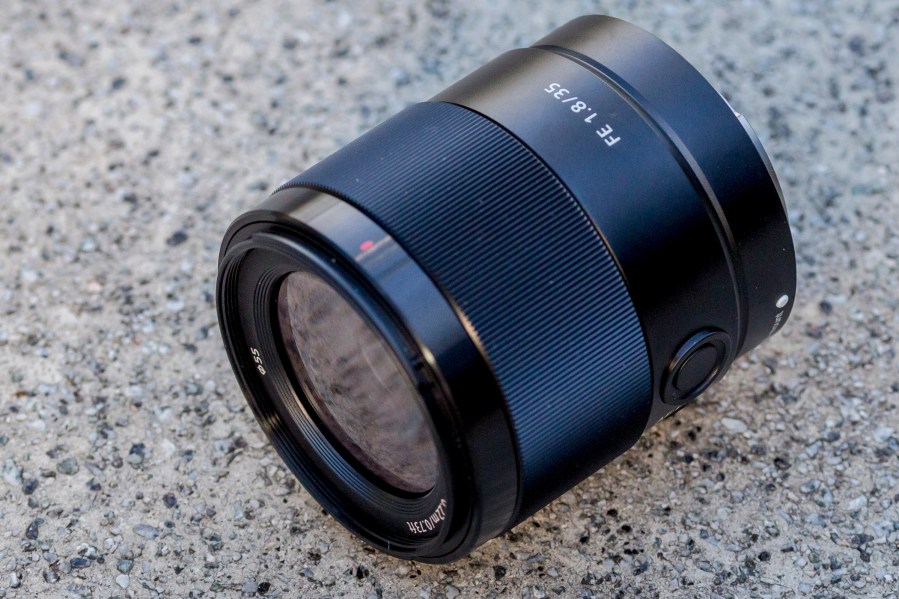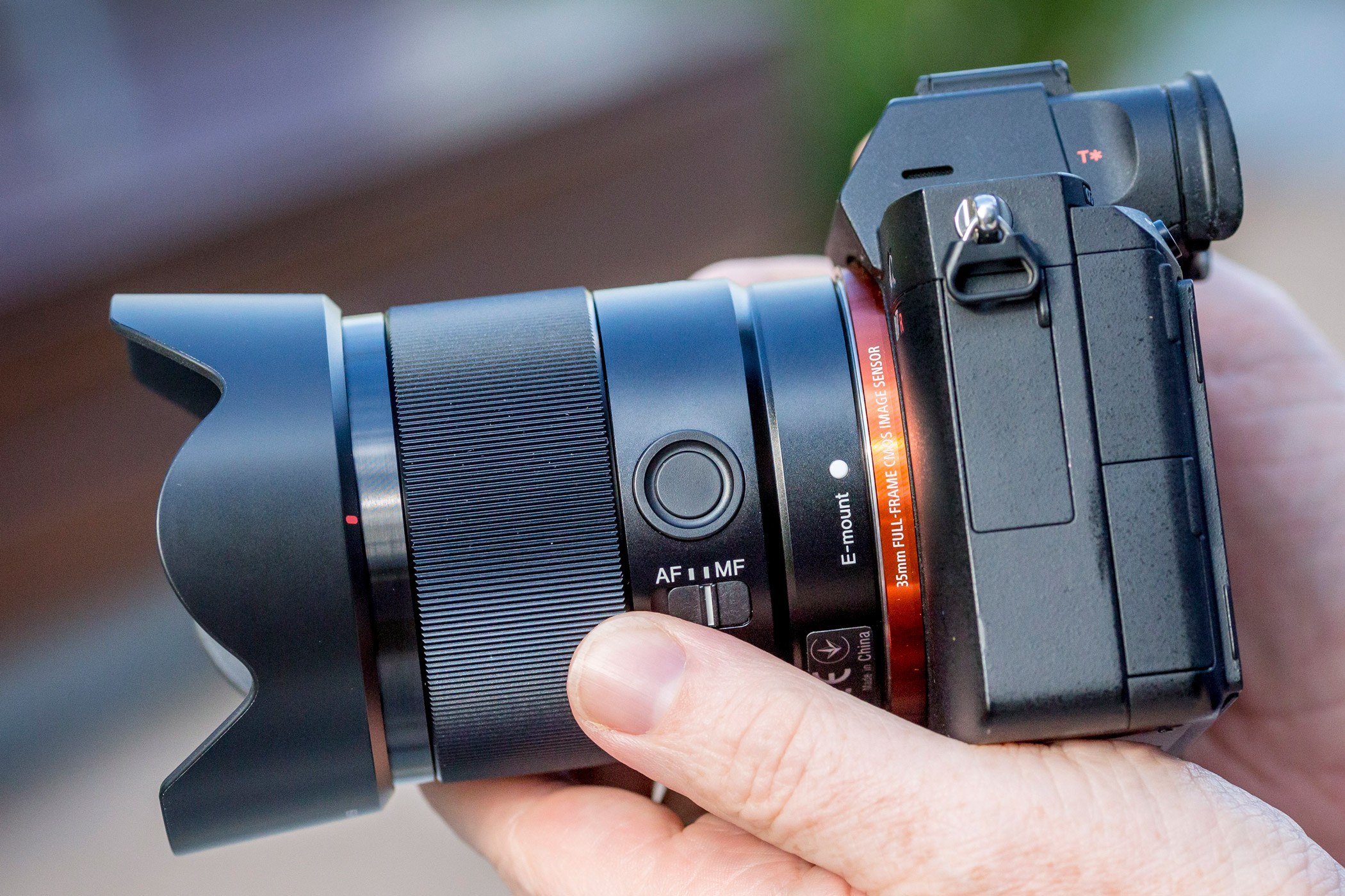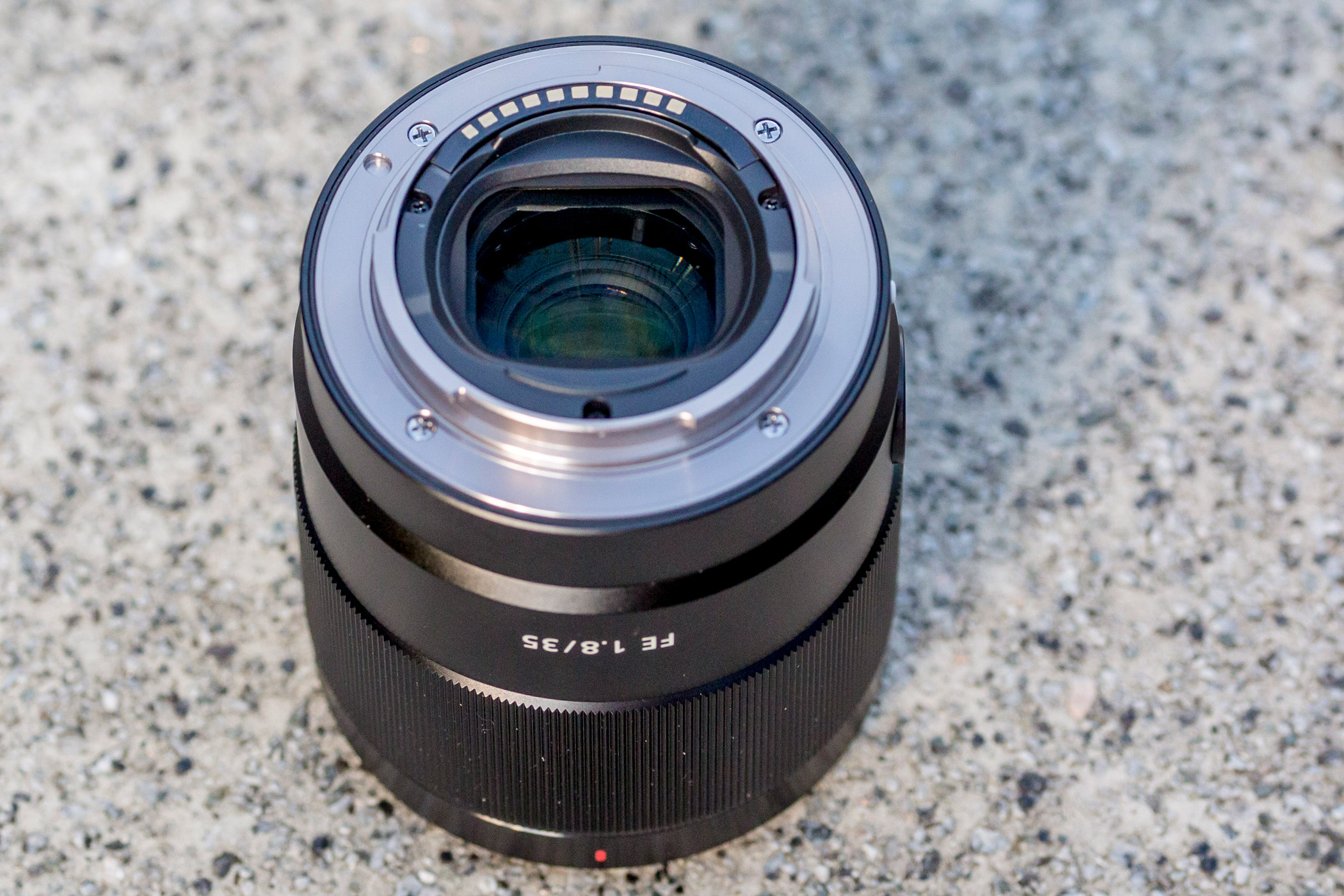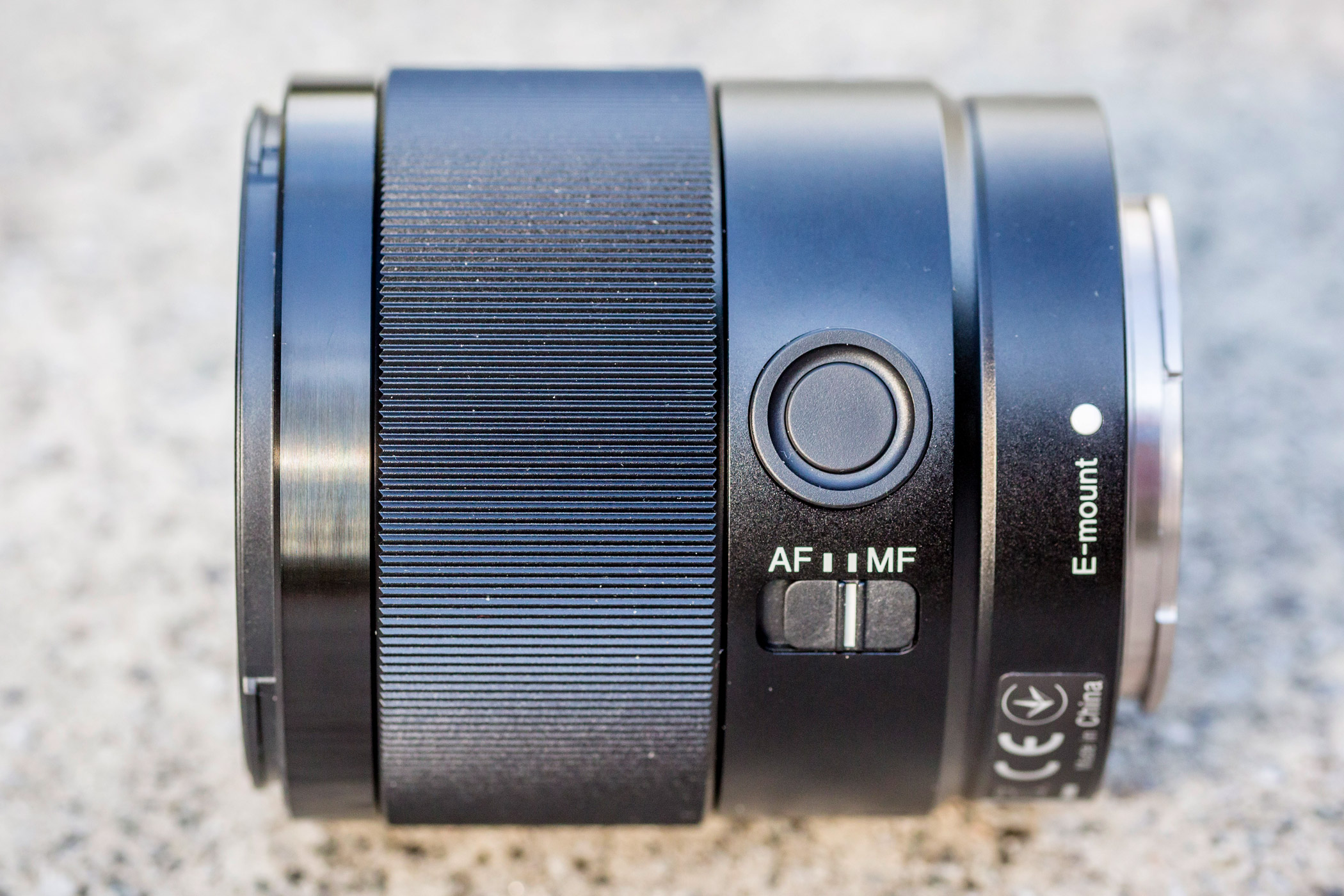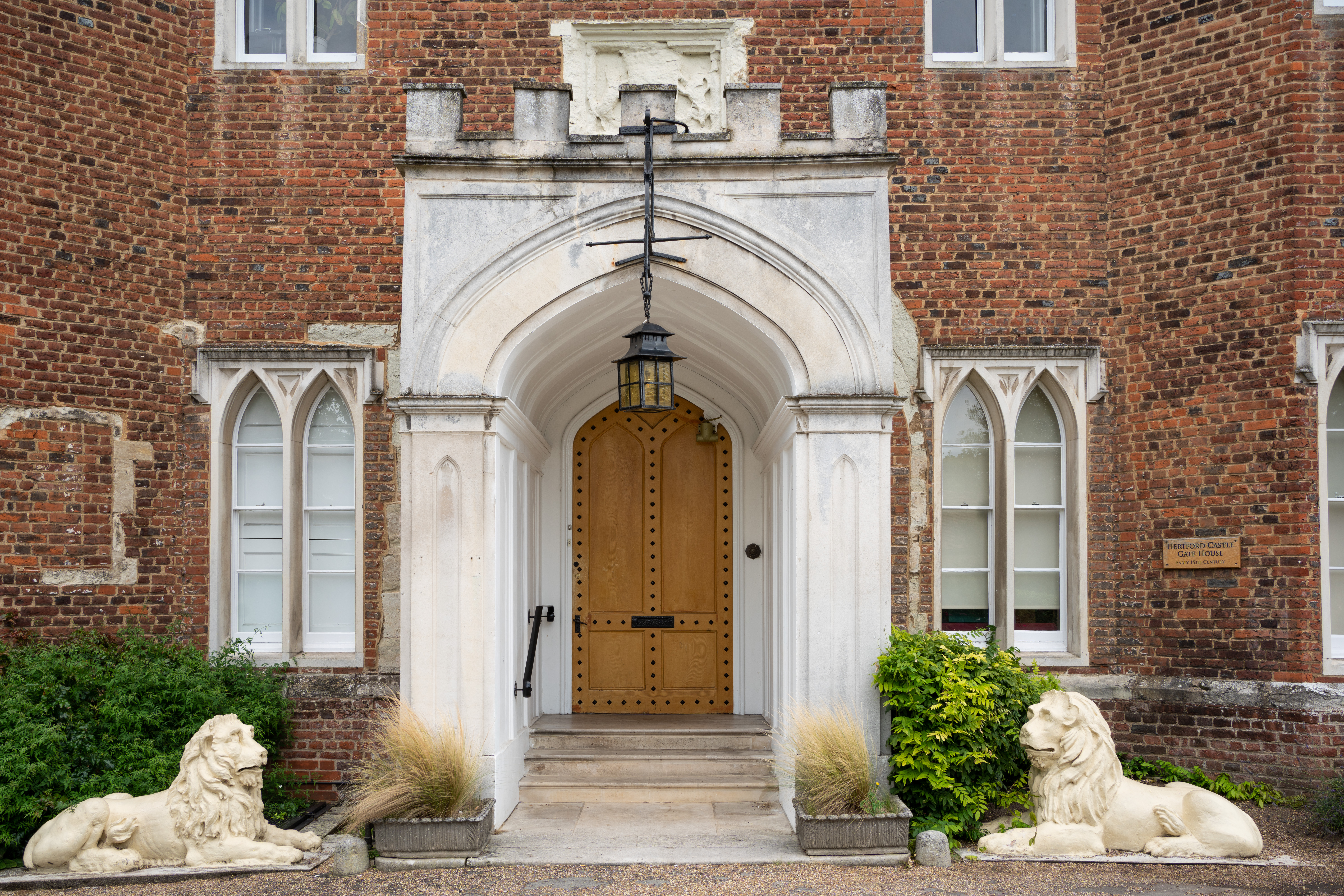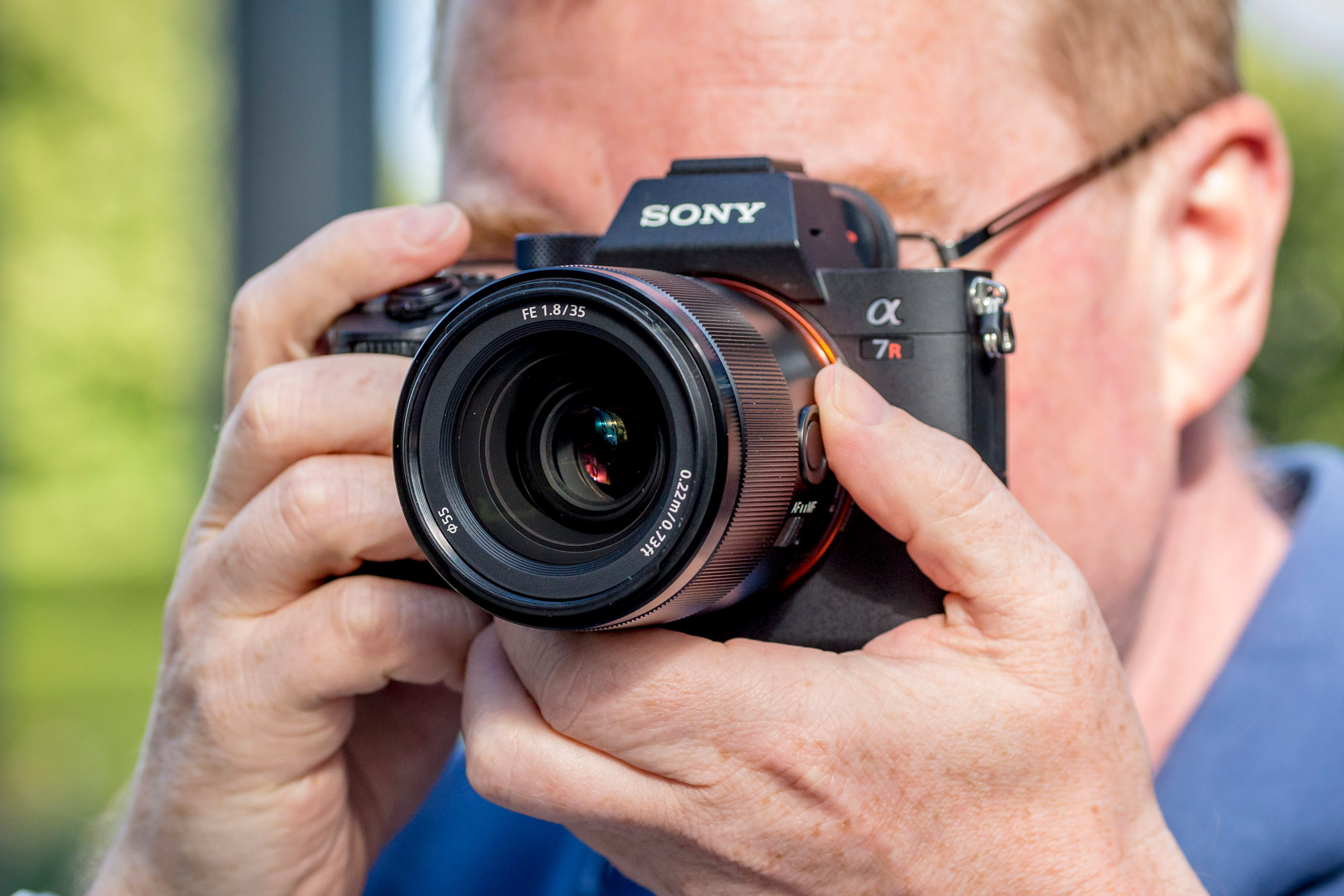With a five-year head start over Canon and Nikon in building its full-frame mirrorless system, it’s no surprise that Sony has a significantly larger lens range than its two biggest competitors. But there’s one lens type that both of these rivals managed to bring out earlier – a 35mm f/1.8. Both chose to introduce a lens of this specification on day one of their systems, whereas Sony started out with a compact Zeiss-badged 35mm f/2.8 in 2013, then added a huge, premium Zeiss 35mm f/1.4 in 2015, before finally revealing its f/1.8 optic in July.
Interestingly, the three firms have come up with somewhat different takes on the idea. Canon’s RF 35mm f/1.8 IS STM Macro is an optically-stabilised lens that uses an extending-barrel design to achieve a closest focusing distance of 17cm, giving half-life-size magnification at the cost of outright focusing speed. In contrast, the Nikon Nikkor Z 35mm f/1.8 S is a large optic that includes more exotic glass for premium performance, including three aspherical elements and two ED-glass elements. Sony’s FE 35mm F1.8 is smaller than the Nikon and has a lower RRP, suggesting slightly lower aspirations. Presumably it’s been designed with users of the firm’s 24-million-pixel Alpha 7-series cameras in mind.
Indeed with a launch price of £630, the FE 35mm F1.8 sits alongside the FE 28mm F2 and FE 85mm F1.8 in Sony’s mid-range line-up. Tellingly, it’s actually cheaper than the 35mm f/2.8, and less than half the price of the 35mm f/1.4. Crucially, its relatively compact design makes for a nicely balanced match with the A7 camera bodies.
Sony FE 35mm F1.8: Features
Optically, the FE 35mm F1.8 employs 11 elements in 9 groups, which is coincidentally the same count as its Canon and Nikon counterparts. Sony has incorporated a single aspherical element in a bid to suppress aberrations and achieve higher sharpness towards the corners of the image. A 9-bladed diaphragm provides a circular aperture, with the aim of producing attractive circular out-of-focus highlights.
The minimum focus distance is 22cm, which gives a maximum magnification of 0.24x, or quarter life-size. While this doesn’t match the Canon RF 35mm f/1.8 IS STM Macro, it’s rather closer than Sony’s other 35mm lenses achieve. As usual for a modern lens, focusing is internal, and manual focus operation is of the electronic ‘by wire’ type. Thankfully Sony has included its Linear Response MF system, which mimics the feel of a traditional manual-focus lens.
A petal-style plastic lens hood is included, which feels reasonably sturdy while reversing neatly for storage. It doesn’t have a locking button, but I don’t really think it needs one, as it bayonets perfectly securely onto the lens. Filters can be attached using a 55cm thread around the front element.
While it’s designed for full-frame cameras, the FE 35mm f/1.8 can also be used on APS-C cameras, giving an angle of view similar to a 50mm lens on full frame. However the older E 35mm f/1.8 OSS is still a more practical solution for APS-C shooters who aren’t planning in buying into full-frame. It’s smaller, lighter and considerably cheaper, while including optical image stabilisation.
Sony FE 35mm F1.8: Build and handling
At 65.6mm in diameter and 73mm in length, the 35mm f/1.8 is almost exactly the same size as Sony’s highly-regarded FE 55mm F1.8 ZA. This means that it’s much more compact than the majority of Sony’s full-frame lenses, and a far better match physically to the firm’s full-frame mirrorless bodies. Its 280g weight will also put considerably less strain on your shoulder than the 630g FE 35mm F1.4 ZA, although it’s less petite than the 120g FE 35mm F2.8 ZA if you want to travel really light.
One welcome feature is dust and moisture resistant construction, with Sony incorporating seals around the external controls, along with one encircling the lens mount to protect the camera and sensor. Overall the lens feels sturdy and well-made, and well up to the standard I’d expect at this price. It balances nicely on the camera, too, and feels less cramped against the handgrip than larger-diameter optics can.
The large manual focus ring includes fine ridges that provide a decent grip for your fingers. It rotates nice and smoothly, but isn’t so loose that it will get inadvertently knocked. It’s great to see that Sony has included a proper AF/MF switch, and there’s also a large focus hold button on the side of the barrel, whose function can be re-assigned in the camera’s menus.
Sony FE 35mm F1.8: Autofocus
One area where Sony habitually excels is autofocus, and the FE 35mm F1.8 follows suit. At snaps into focus silently and in the blink of an eye, with all of the unerring accuracy that we’ve be come accustomed to from the on-sensor AF systems of mirrorless systems. It’s also fully compatible with Sony’s highly regarded Eye AF system for photographing people or animals.
Manual focus works well too, on those few occasions when you need it. Sony’s linear response AF system really does give a much more intuitive feel to the process, compared to lenses that vary their response depending on how fast you rotate the focus ring. As a result, it’s straightforward to get critically accurate focus, particularly if you have magnified MF assist enabled on the camera.
Sony FE 35mm F1.8: Performance
Turning our attention to image quality, the good news continues. In practical use the FE 35mm F1.8 turns out fine images that are highly detailed from corner-to-corner, with minimal distortion and low levels of colour fringing from chromatic aberration. It’s not perfect, but it’s very good indeed and easily justifies its price.
Sharpness is particularly impressive, with the corners coming very close to matching the centre. Indeed at normal working aperture of f/8-f/11, it’s superb across the entire frame. But the lens isn’t just good at small apertures; you’ll also get loads of detail wide open at f/1.8. Examining real-world images reveals that this sharpness persists across the full focus-distance range, even with extreme close-ups. This tends to be one of the less-appreciated advances of modern optical design.

The lens’s impressive sharpness persists when shooting close-ups at large apertures. Sony A7R III, 1/500sec at f/1.8, ISO 100
Distortion is also very low: unusually for a 35mm prime it’s of the pincushion type, but it’s far from problematic. As usual, enabling in-camera lens compensation gives perfectly corrected JPEGs. Naturally there’s some vignetting, but it’s not problematic wide open, with a broad fall-off profile that’s not visually objectionable. However it persists more than usual on stopping down, with a drop-off in illumination still clearly visible in the corners of the frame even at f/8.
It’s also possible to trace a little colour ringing around out-of-focus high-contrast edges at large apertures if you go looking for it – a symptom of longitudinal chromatic aberration. But again, this is entirely expected from such a lens, and the 35mm f/1.8 suppresses it better than many other fast primes I’ve used. It’s also often correctable in raw processing, for example by using Adobe Camera Raw’s defringe controls. At smaller apertures, green and purple fringing becomes more visible in the corners of the frame due to lateral chromatic aberration. But this is normally compensated for in-camera, and by Adobe software in raw processing too.

Distant out-of-fpcus backgrounds are lovely and smooth, but closer elements can look more ‘busy’. Sony Alpha 7 III, 1/250sec at f/1.8, ISO 100
Distant out-of-focus backgrounds are rendered with a very attractive blur, but I was less pleased by how the lens handles the transition to out-of-focus regions when shooting close-ups. Here the bokeh tends to look much more ‘busy’, with hard edges around blur circles. This is arguably the most visible flaw of an otherwise excellent lens.
Sony FE 35mm F1.8: Resolution
Looking at our Image Engineering MTF50 tests, shot on the 42.4MP A7R III, reveals that the lens is already impressively sharp in centre of the frame at f/1.8. It improves further on stopping down, reaching peak central performance at f/4. As usual the corners aren’t quite as sharp, but they’re really not too far off. Overall the lens’s sweet spot covers f/5.6-f/11, with diffraction softening becoming evident at smaller apertures.

Sony FE 35mm F1.8: MTF50 on Sony Alpha 7R III
Sony FE 35mm F1.8: Shading
Vignetting is clearly visible at maximum aperture, with about 1.7 stops loss of brightness in the corners of the frame. This diminishes gradually as the aperture is stopped down, but not unusually for full-frame E-mount primes, it doesn’t go away entirely. Instead we see a more sudden drop in brightness towards the corners, which persists even at f/8.

Sony FE 35mm F1.8: Shading at f/1.8
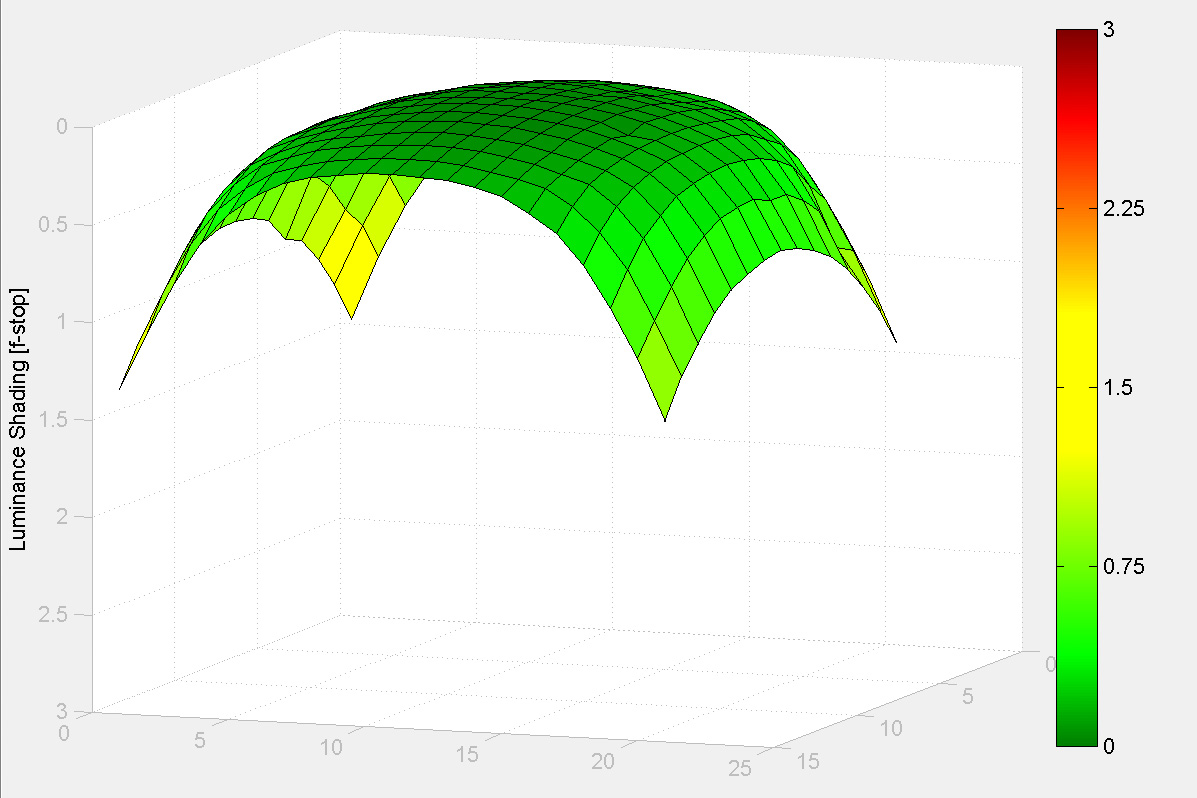
Sony FE 35mm F1.8: Shading at f/4
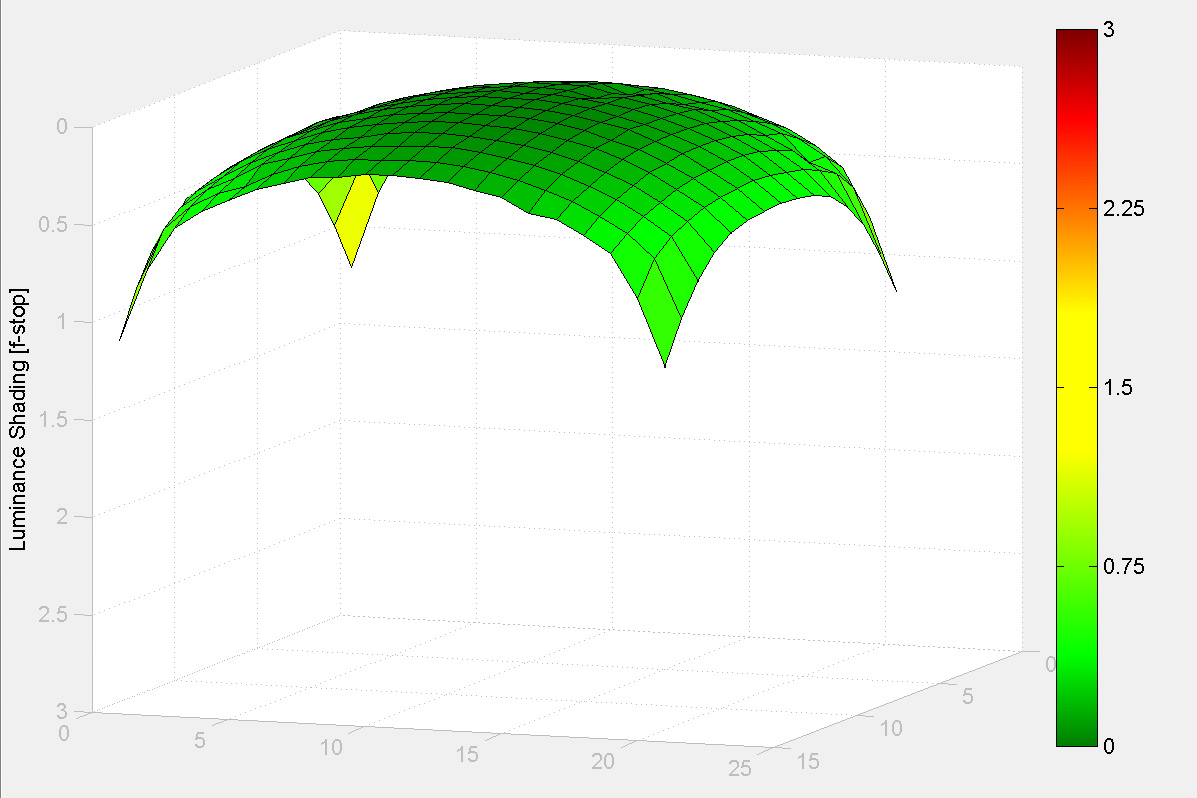
Sony FE 35mm F1.8: Shading at f/8
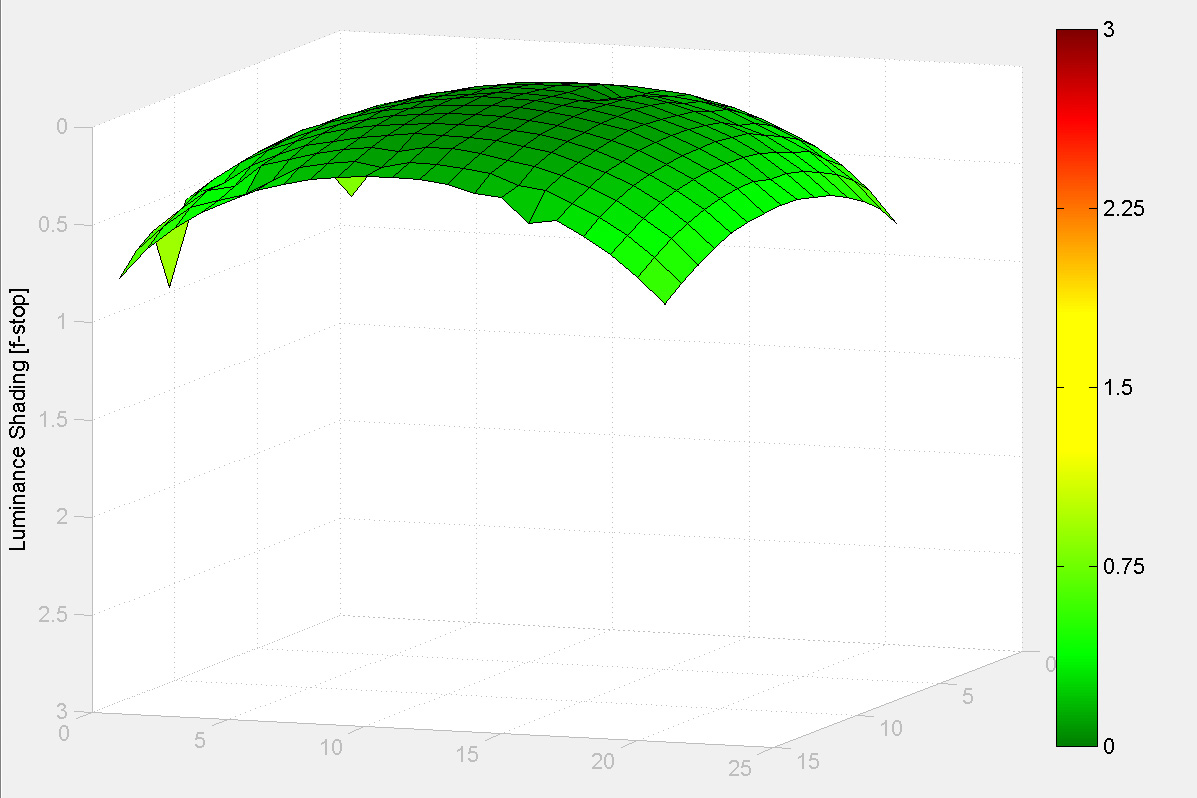
Sony FE 35mm F1.8: Shading at f/22
Sony FE 35mm F1.8: Curvilinear distortion
Examining our test chart shot reveals small amount of pincushion distortion, with lines that should be straight along the edges of the frame bowing inwards slightly at the centre. But it’s very mild, and easily fixed by software correction, both in-camera and during raw processing.
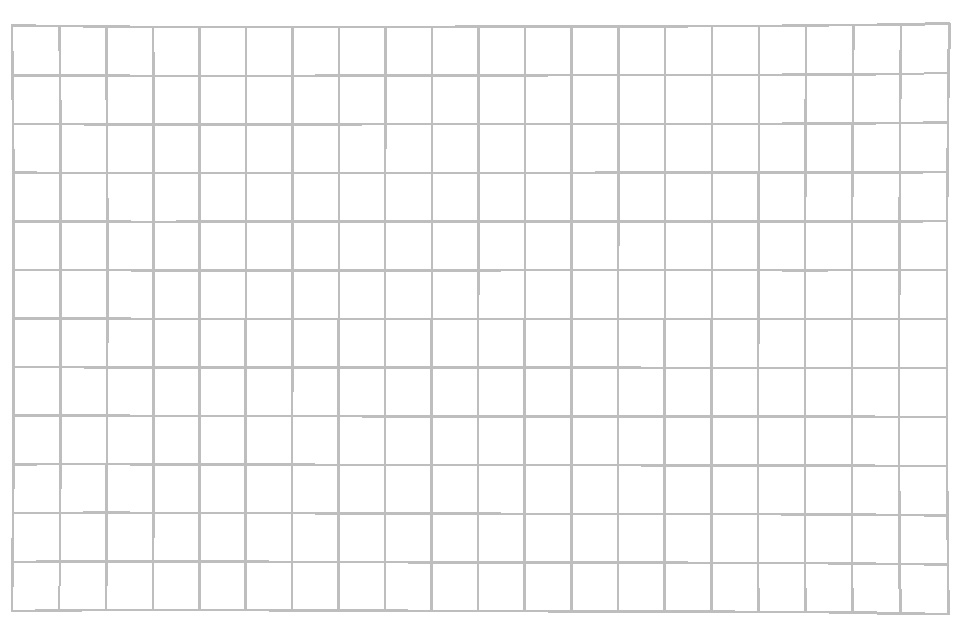
Sony FE 35mm F1.8: Distortion (SMIA TV = 0.6%)
Sony FE 35mm F1.8: Verdict
With the FE 35mm F1.8, Sony has made a fine little lens that’s a great match for its Alpha 7-series camera bodies. It’s small, light and weather-sealed, yet still provides impressive image quality and near-instantaneous autofocus. Some might question why you’d pay £630 for a lens that’s ‘only’ f/1.8, but the reality is that you’re getting seriously high-end performance here.
Indeed while this lens may not quite achieve the optical near-perfection we’ve become used to from Sony’s G Master series, it still delivers a level of image quality that we’d have marvelled at ten years ago. Personally I’d choose it ahead of Sony’s other 35mm primes, as it’s by far the best-balanced package of the three. It deserves to be extremely popular with Alpha 7 users.


